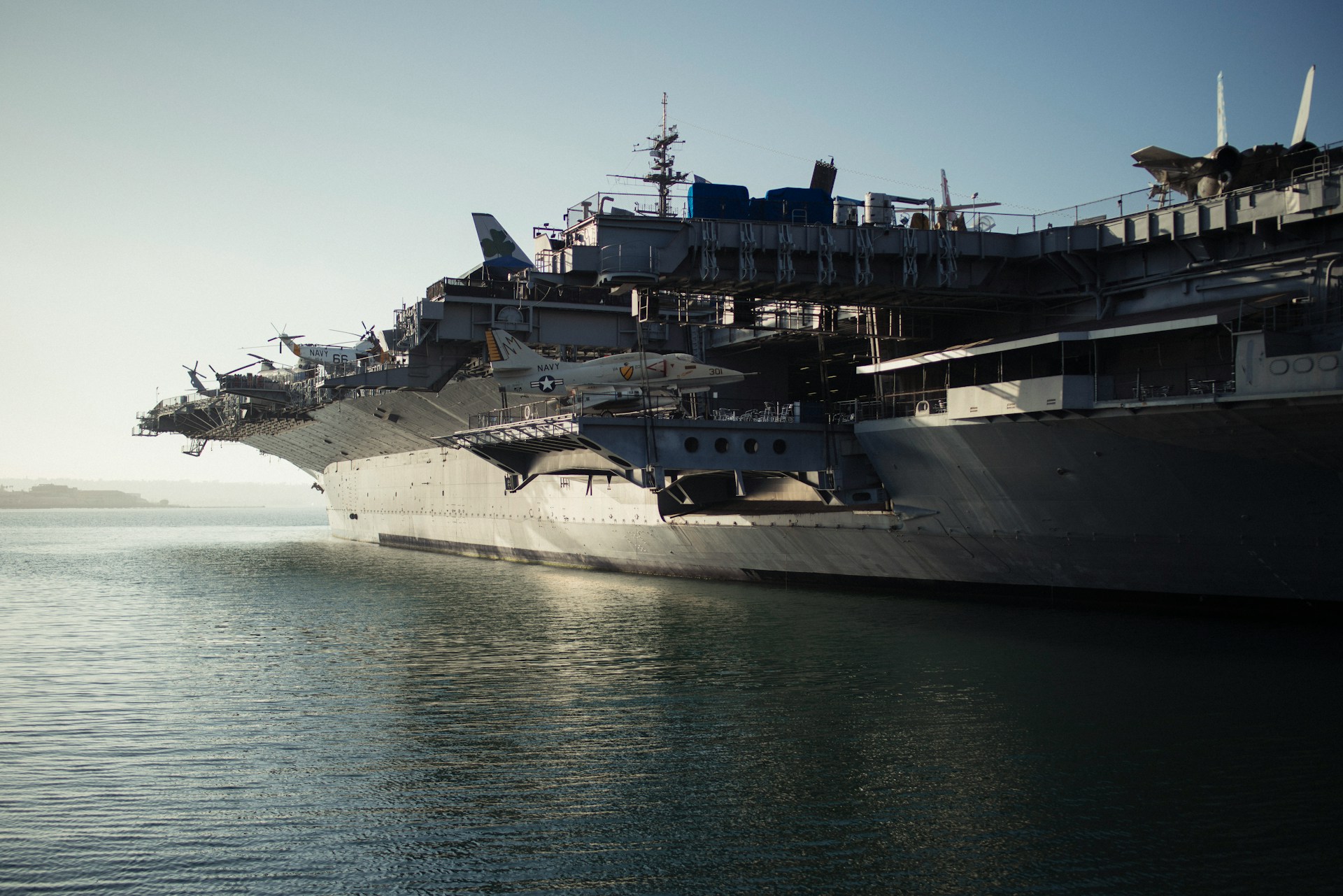The vast maritime domain of the United States plays a crucial role in the nation’s economic vitality, connecting coastal communities, facilitating international trade, and supporting the fishing industry. Ensuring maritime safety is paramount to safeguarding this vital resource and protecting the lives of seafarers.
Traditional Maritime Security Threats
Maritime safety encompasses a range of challenges, including traditional and non-traditional threats. Traditional security threats include piracy, armed robbery against ships, and terrorism, which pose risks to seafarers, vessels, and the integrity of maritime infrastructure.
Piracy, once a major concern in the Gulf of Aden and the Strait of Malacca, has declined in recent years due to international cooperation and naval patrols. However, piracy remains an issue in some parts of the world, particularly in the Gulf of Guinea, off the coasts of Somalia and Yemen, and in the Caribbean.
Armed robbery against ships, also known as ‘stowaway piracy,’ involves criminals boarding vessels to steal cargo or hold crewmembers hostage for ransom. This type of piracy is most prevalent in Southeast Asia, the Indian Ocean, and the Caribbean.
Terrorist groups have also targeted maritime assets, including oil platforms, cargo ships, and passenger vessels. Terrorist attacks can cause significant damage, disrupt trade, and instil fear among seafarers and passengers.
Non-Traditional Maritime Security Threats
In addition to traditional security threats, maritime safety in the United States also faces a range of non-traditional challenges, including:
- Illegal, Unreported, and Unregulated (IUU) fishing: This practice depletes fish stocks, undermines sustainable fisheries management, and can lead to conflict between coastal communities and fishing fleets.
- Environmental threats: Pollution from ships, oil spills, and illegal dumping pose significant risks to marine ecosystems and human health.
- Cybersecurity: Maritime infrastructure is increasingly vulnerable to cyberattacks, which can disrupt navigation, control systems, and critical communication networks.
- Human trafficking: Maritime routes are often used for human trafficking, as traffickers exploit the vulnerability of migrants and refugees.
- Smuggling: Smuggling of goods, including weapons, drugs, and counterfeit goods, occurs through maritime channels, posing risks to public safety and undermining economic regulations.
Addressing Maritime Safety Challenges
Tackling maritime security challenges in the United States requires a comprehensive approach that combines preventive measures, law enforcement, and international cooperation.
Preventive measures include:
- Strengthening maritime surveillance capabilities: Deploying maritime patrol aircraft, vessels, and sensors can enhance situational awareness and detect potential threats early on.
- Promoting maritime domain awareness (MDA): MDA involves collecting, processing, and analyzing maritime data to gain a clear understanding of the activities and threats in a particular maritime area.
- Implementing effective port security measures: Strengthening port security can deter and prevent unauthorized access to port facilities and ships.
- Promoting responsible fishing practices: Promoting sustainable fisheries management and combating IUU fishing can protect marine ecosystems and ensure a long-term supply of seafood.
Legal and Regulatory Framework
The U.S. Coast Guard plays a central role in maritime safety, enforcing laws and regulations to ensure the safe operation of vessels, protect the marine environment, and safeguard the lives of seafarers. The Coast Guard also conducts maritime security operations to combat piracy, illegal fishing, and other maritime crimes.
International Cooperation
The United States is committed to international cooperation on maritime safety issues. The Coast Guard participates in multinational maritime security operations, such as Operation Martillo, which is aimed at combating piracy in the Gulf of Guinea. The Coast Guard also works with international organizations, such as the International Maritime Organization (IMO), to develop and implement maritime safety standards.
Conclusion
Maintaining maritime safety in the United States is essential for protecting the nation’s economic interests, the environment, and human life. By implementing a comprehensive approach that combines preventive measures, law enforcement, and international cooperation, the United States can effectively address maritime safety challenges and ensure the safety and security of its vast maritime domain.

